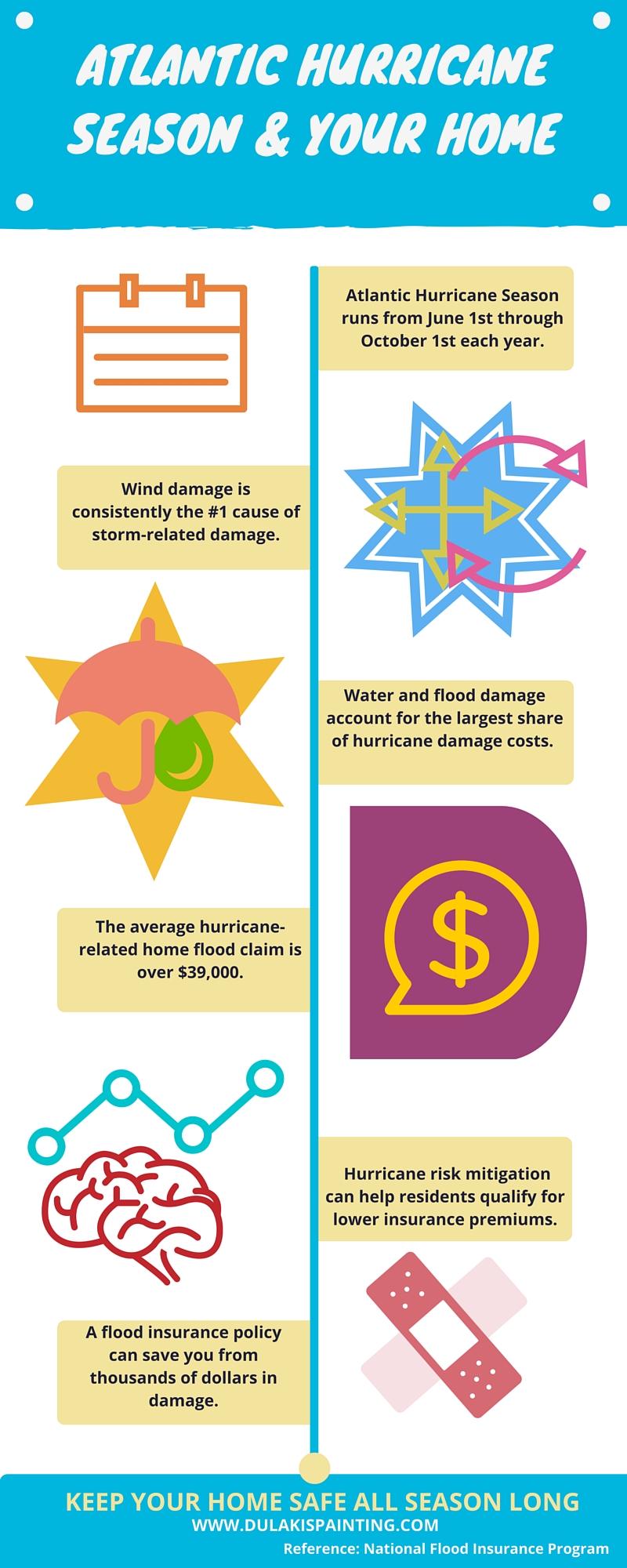Discover The Methods Which Seasonal Variables Can Impact The Success Of Industrial Exterior Painting And Establish The Most Effective Times To Attain Long-Term Outcomes For Your Task
Discover The Methods Which Seasonal Variables Can Impact The Success Of Industrial Exterior Painting And Establish The Most Effective Times To Attain Long-Term Outcomes For Your Task
Blog Article
Short Article By-Leach Rodriquez
When you're intending a commercial external painting project, seasonal factors can make or break your results. You'll want to take into consideration exactly how temperature level and humidity impact paint application and drying out times. Choosing the right season can guarantee your paint adheres effectively and lasts much longer. However which seasons are really the best for this type of job? Let's explore the key elements that can impact your job's success.
The Effect of Temperature on Paint Application
When you're preparing a business external paint job, the temperature level can substantially affect just how well the paint sticks and dries out.
Preferably, you intend to paint when temperatures vary between 50 ° F and 85 ° F. If it's also cool, the paint may not treat effectively, bring about problems like peeling or cracking.
On https://smalljobpaintersnearme33322.smblogsites.com/35072971/choosing-the-appropriate-colors-a-comprehensive-guide-to-exterior-painting-for-commercial-quality , if it's too hot, the paint can dry out as well promptly, protecting against correct attachment and causing an uneven surface.
You need to likewise think about the moment of day; morning or late afternoon provides cooler temperature levels, which can be more favorable.
Constantly examine the maker's suggestions for the details paint you're using, as they often provide guidance on the ideal temperature range for optimal outcomes.
Humidity and Its Result on Drying Times
Temperature isn't the only environmental variable that influences your commercial external painting project; humidity plays a significant function also. High moisture levels can reduce drying out times considerably, impacting the general top quality of your paint job.
When the air is saturated with moisture, the paint takes longer to treat, which can cause issues like bad bond and a greater danger of mildew development. If you're repainting on a specifically moist day, be prepared for extensive wait times in between layers.
It's critical to keep track of local climate condition and strategy appropriately. Ideally, go for moisture levels between 40% and 70% for optimal drying out.
Keeping these factors in mind ensures your task stays on track and supplies an enduring finish.
Best Seasons for Commercial Outside Paint Projects
What's the most effective time of year for your industrial outside paint projects?
Spring and very early autumn are generally your best bets. Throughout these seasons, temperatures are moderate, and moisture levels are typically lower, producing ideal problems for paint application and drying.
Stay official source of summer's intense heat, which can cause paint to dry also rapidly, causing bad bond and finish. In a similar way, winter months's cool temperature levels can impede proper drying out and curing, risking the longevity of your paint job.
Go for days with temperatures in between 50 ° F and 85 ° F for optimum outcomes. Remember to inspect the regional weather forecast for rain, as damp problems can destroy your project.
Planning around painters guarantees your paint job runs smoothly and lasts longer.
Verdict
In conclusion, preparing your business exterior painting projects around seasonal factors to consider can make a significant difference in the result. By scheduling work throughout the ideal temperatures and moisture degrees, you'll ensure far better adhesion and drying out times. Keep in mind to keep an eye on local weather prediction and select the correct time of year-- springtime and early loss are your best choices. Taking these steps will certainly help you accomplish a resilient and expert coating that lasts.
